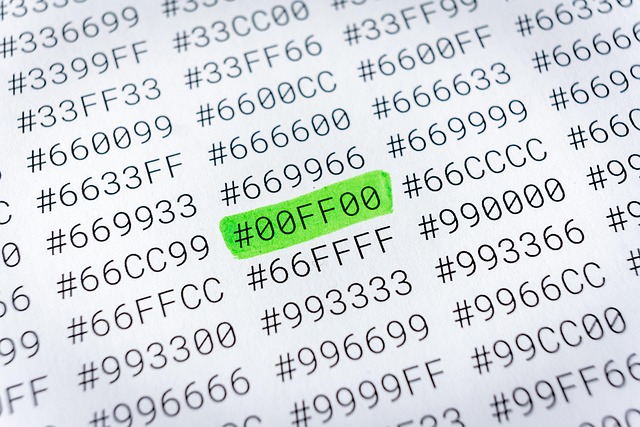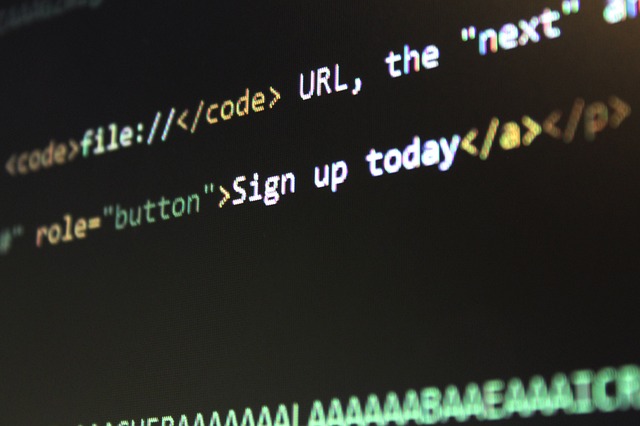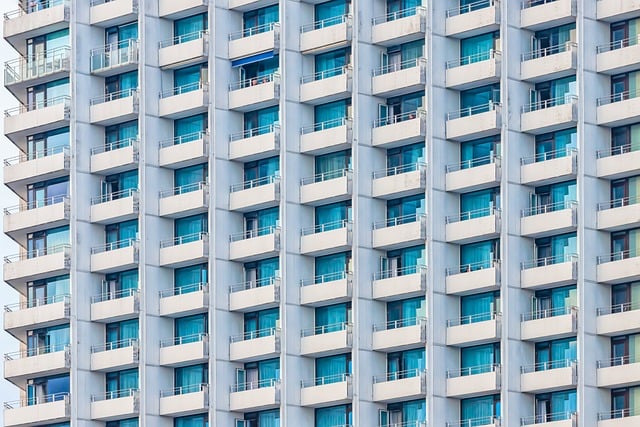In real estate, structural integrity is paramount for safety and property value. Developers and owners must adhere to local building codes, conduct regular inspections, use high-quality materials, and stay updated on industry standards to comply with regulations, prevent costly repairs, avoid legal issues, and create durable, safe structures. Proactive maintenance fosters a robust real estate environment.
In the real estate sector, ensuring structural integrity is paramount for safety, investment, and longevity. This article delves into the critical aspect of adhering to structural integrity regulations, offering a comprehensive guide for professionals and property owners alike. We explore essential understanding and compliance standards, highlight key considerations for safety, and provide best practices to maintain properties’ durability. By embracing these strategies, real estate stakeholders can navigate regulatory requirements effectively, fostering secure and sustainable environments.
Understanding Structural Integrity Regulations in Real Estate

In the realm of real estate, understanding and adhering to structural integrity regulations is paramount for both developers and property owners. These regulations are designed to ensure that buildings maintain their strength, stability, and safety over time. Compliance with such standards not only safeguards occupants but also preserves property value, which is a key consideration in the competitive real estate market.
Real Estate professionals must be well-versed in local building codes and structural integrity guidelines to navigate this landscape effectively. By doing so, they can prevent costly repairs, avoid legal pitfalls, and create structures that stand the test of time. This knowledge enables developers to design and construct buildings that meet or exceed industry standards, fostering a safe and reliable real estate environment for all stakeholders.
Key Considerations for Compliance and Safety Standards

In the real estate sector, ensuring structural integrity is paramount for compliance with safety standards and the protection of residents and investors alike. Key considerations for achieving this involve adhering to stringent building codes and regulations set forth by local authorities. These include regular inspections, meticulous design and construction processes, as well as the integration of high-quality materials that meet specific performance criteria.
Compliance goes beyond meeting minimum requirements; it involves adopting best practices and staying updated on industry standards. Developers and property managers must stay vigilant, regularly reviewing and adapting their practices to evolving safety protocols. This proactive approach not only minimizes risks but also enhances the long-term value of real estate assets, fostering a secure and sustainable environment for all occupants.
Best Practices to Maintain Longevity of Properties

To ensure the longevity of real estate properties, best practices should be implemented throughout their lifecycle. Regular maintenance checks are paramount to identifying and addressing potential structural issues early on. This proactive approach involves periodic inspections by qualified professionals who can spot signs of wear and tear, such as weak foundations, crumbling walls, or faulty roofs. Prompt repairs not only extend the property’s lifespan but also prevent more costly damage down the line.
Additionally, adhering to local building codes and regulations during construction or renovation projects is crucial. These guidelines are designed to ensure structures meet safety standards, enhancing their durability. Using high-quality materials and employing experienced contractors further reinforces structural integrity. Regular upkeeping, combined with adherence to regulatory frameworks, fosters a robust real estate environment that stands the test of time.






